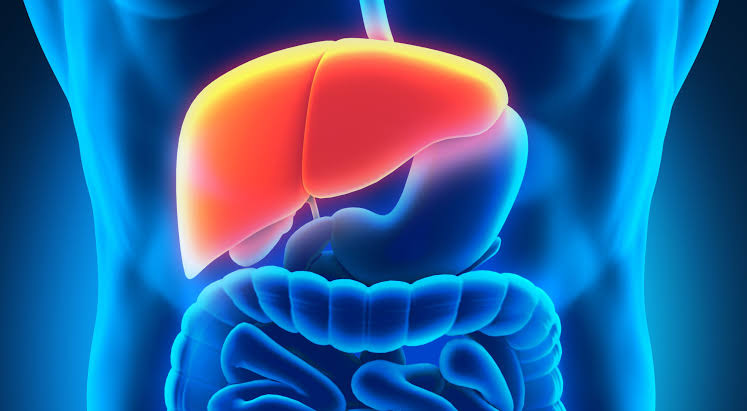Chemoembolization and chemotherapy are two different approaches for delivering cancer-fighting drugs used in clinics in Germany. With chemoembolization, also called transarterial chemoembolization (TACE), the chemotherapy medication is injected directly into the artery supplying blood to the tumor, along with embolic agents to block off the tumor’s blood supply. This concentrates the chemotherapy in the tumor while minimizing exposure to the rest of the body. In contrast, systemic chemotherapy circulates with blood and can reach cancer cells throughout the body.
The essence of chemoembolization and chemotherapy
Chemoembolization, also called transarterial chemoembolization (TACE), is a minimally invasive intervention performed by interventional radiologists to deliver concentrated chemotherapy directly to tumors, typically in the liver. During the transarterial chemoembolization procedure a thin catheter is threaded through the femoral artery up to the artery supplying the tumor. Chemotherapy agents are infused through the catheter directly into the tumor’s arterial blood supply, along with embolic materials like gelatin sponges, microspheres or beads that lodge in the tumor’s blood vessels.
Treatment of cancers with chemoembolization has a dual effect – emboli block blood flow specifically to the tumor, trapping the highly concentrated chemotherapy inside for a prolonged period, while also cutting off the tumor’s arterial blood supply to augment the anti-cancer effects through ischemia.
In contrast, systemic intravenous chemotherapy is administered into a vein and circulates throughout the body via the bloodstream after each treatment session. It can reach small deposits of cancer cells that have spread far and wide, beyond the primary tumor site.
However, only a small fraction of the chemotherapy dosage administered actually reaches these tumor sites, while the majority circulates through the rest of the body. This subjects healthy tissues and organs to toxicity and side effects. TACE allows 5-30 times greater concentration of chemotherapy drugs inside the hepatic tumors compared to intravenous administration.
When chemoembolization is preferred
For treating primary liver cancers like hepatocellular carcinoma (HCC), TACE results in chemotherapy concentrations within the tumor that may exceed 30 times what can be achieved by intravenous chemo. Consequently, response rates are substantially higher, in the range of 35-60% for TACE versus 10-20% for systemic intravenous chemotherapy in HCC cases. In addition to the tremendously higher localized chemotherapy delivery, TACE leverages synergistic anti-tumor effects by inducing ischemia through artery occlusion.
However, its effects are fairly localized to the structures fed by the target arteries. TACE usually cannot effectively treat cancers that have already metastasized extensively outside the liver to distant organs like the lungs or bones. In such cases, intravenous chemotherapy circulating through the bloodstream can better reach dispersed tiny deposits of cancer cells throughout the body.
In Germany, TACE is widely available and extensively performed for inoperable intermediate and advanced stage HCC, as well as for liver metastases from primaries like colorectal cancer when systemic chemotherapy alone is deemed likely insufficient after multidisciplinary evaluation.
Appropriate candidates are selected based on precise review of parameters like tumor burden and spreading, liver function diagnostics, presence of vascular invasion or extrahepatic spread, comorbidities, vascular anatomy and other factors through tumor boards. Repeated TACE sessions every 4-8 weeks are often implemented for sustained antitumor effects.
Undergoing chemotherapy abroad
In summary, TACE provides an extremely valuable, specialized capability for targeted delivery of remarkably high concentrations of chemotherapy preferentially to liver tumors, while systemic chemotherapy remains an essential treatment pillar for combating metastatic cancer with dissemination to multiple organs beyond the liver.
Oncology teams at specialized cancer centers across Germany thoughtfully leverage the strengths of both techniques to match the appropriate therapy method and agents to each individual patient’s specific disease presentation, treatment goals and clinical context. Both treatment methods are offered at the university hospitals across the country, at numerous community medical centers equipped with interventional radiology capabilities, and at specialized outpatient interventional radiology clinics.
On the Booking Health website you will find a list of the specialized healthcare facilities that offer chemoembolization in Germany and information about the cost of chemotherapy in Germany. You can check prices and choose the affordable cost being sure that no additional fees will be required. The Booking Health team has been arranging treatment abroad for people from over 70 countries for over 15 years, so do not hesitate to leave your treatment request.


